The Chakra Brain Theory
Author: Samuel Farrand
Explore an Ancient belief system and observe how a new modern thought could revolutionize the way we can access the abundance of Life.
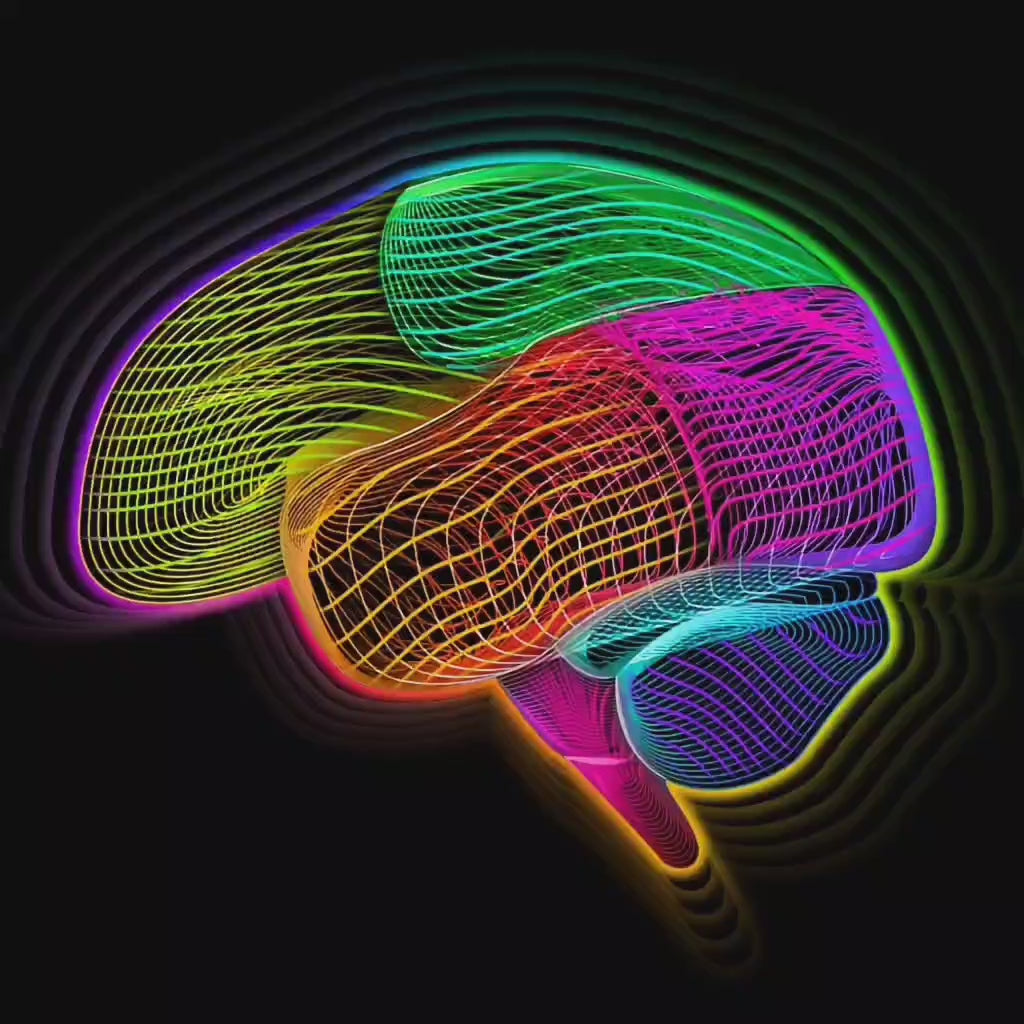
Introduction
The intersection of ancient wisdom and modern science often yields fascinating insights that challenge our understanding of consciousness and existence. One such area of exploration is the ancient Hindu concept of chakras and its potential correlation with the human brain. By delving into the parallels between these two seemingly disparate systems, we can uncover a deeper understanding of human potential and enlightenment. This journey will take us through the foundational principles of the brain chakra theory, the intricate workings of the human brain as an organic supercomputer, and the transformative potential of tools like LSD in unlocking our full cognitive and spiritual capabilities. Prepare to embark on a thought-provoking exploration that bridges mysticism and biology, offering a fresh perspective on the path to enlightenment and human evolution.
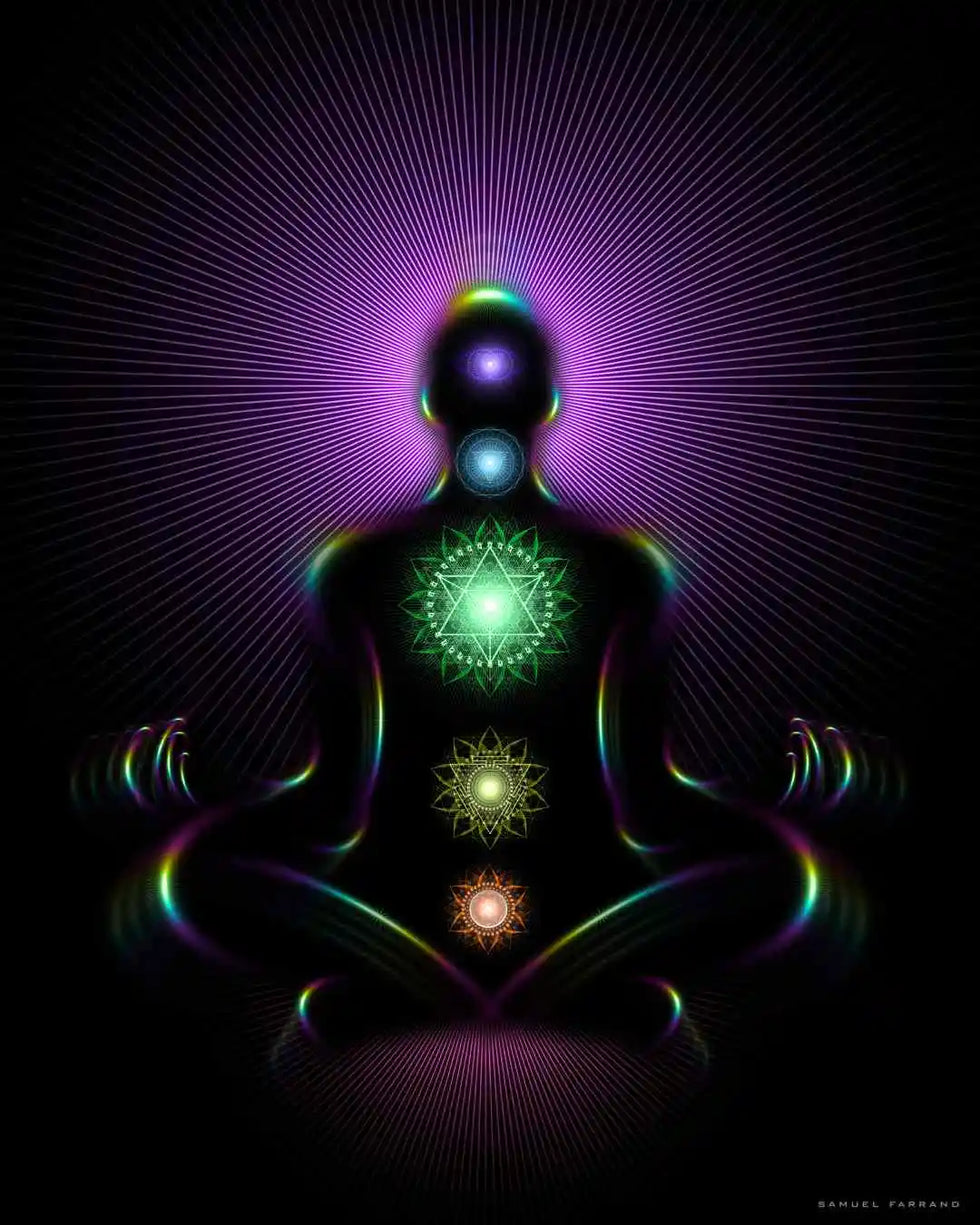
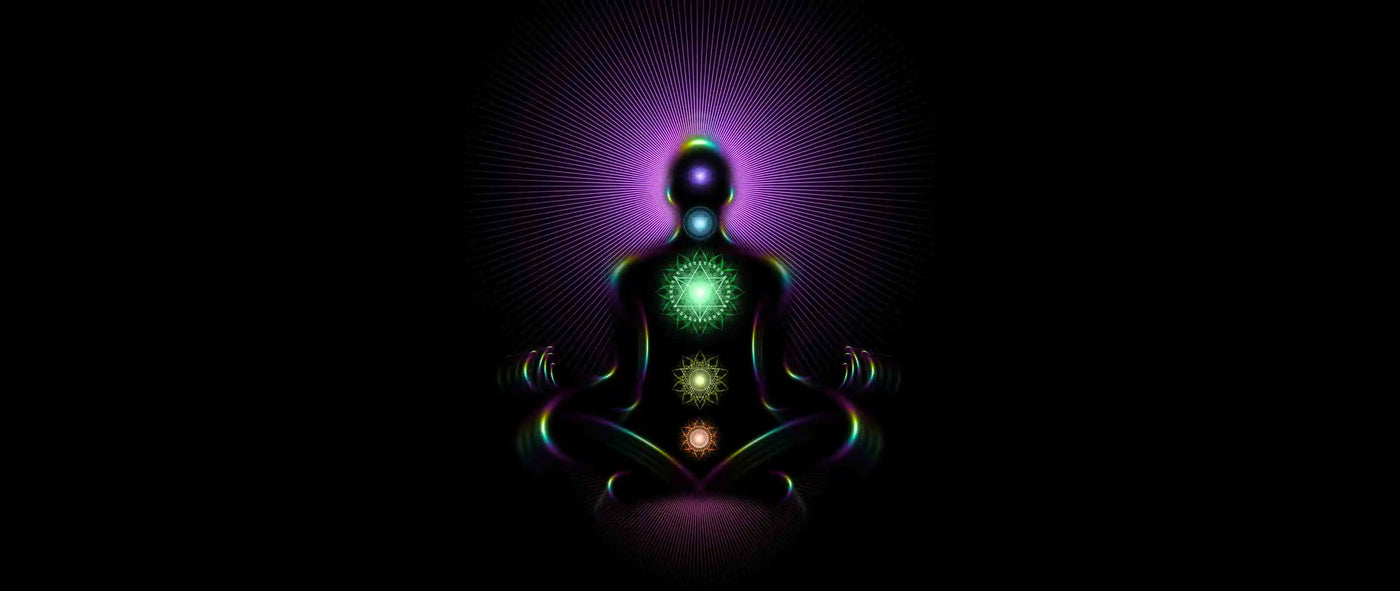
What are Chakras?
The Foundation of the Brain Chakra Theory
Before we delve into the subject, we must first acquaint ourselves with the term "Chakra." Chakra is a Sanskrit word meaning "Wheel" or "Vortex." Ancient Hindus believed that the body is governed by these centers of energy called chakras. In modern thought, there are seven primary Chakras, each representing a color of the rainbow and governing a facet of Being or Consciousness. It is believed that there is a main channel called Sushumna through which the energy of chakras, known as Kundalini or Shakti, travels.
At the base of the spine, where the first chakra center is located, there is a "sleeping serpent." When awakened by Kundalini, it rises up the spine like a DNA-coiled snake. In traditional texts, these two channels are called Ida and Pingala. Once the two sleeping serpents travel up the spine and reach the third eye chakra, called Ajna, the two forces meet in a matrimonial harmony, illuminating all and opening the gate to the seventh Chakra, the seat of Enlightenment.
In order to attain that visionary nirvana, one must have all their chakras opened so that the cosmic energy of Shakti can journey within Sushumna. Over the years, as chakras became more accepted in Western thought, countless meditations have been created and practiced to open the chakras. Some practitioners even use chanting, tonal instruments, and light frequencies to activate the chakras.
Sounds a bit New Agey, right? It's as if a piece of the puzzle was missing. What if these chakras were not really placed along the spinal column? What if these chakras were actually sections of the brain instead?
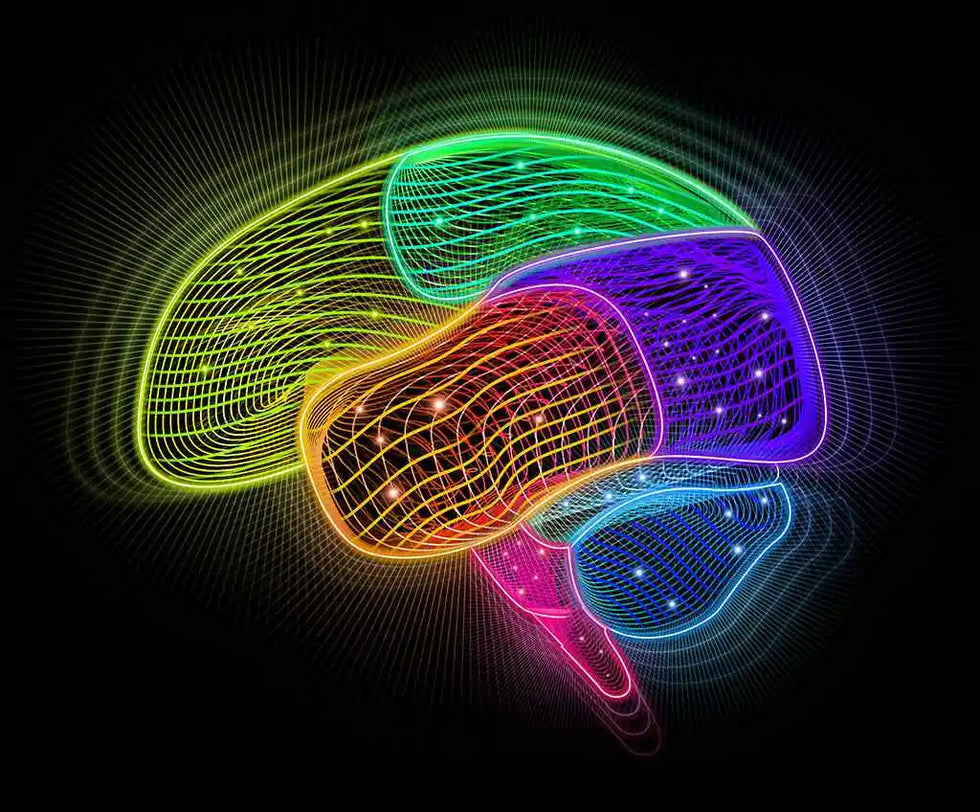

The 6 Sections of the Brain
An Organic Biological Supercomputer: The Human Brain
The human brain is the most complex organ in the universe, much like a biological computer. The brain perceives the world around us by analyzing and processing information so that we can form our own ideas about how it works. Smell something good? Thank the brain. See something beautiful? Thank the brain. Ever listen to a track that just elevates you? Thank the brain.
Our brain is made up of six sections: the Brainstem, Temporal Lobe, Frontal Lobe, Parietal Lobe, Cerebellum, and the Occipital Lobe. Each section governs an aspect of how we perceive and adapt to the world around us. They are:
- Brainstem: Survival and instincts
- Temporal Lobe: Emotions, sexuality, creativity, and pleasure
- Frontal Lobe: Personal power, decision-making, and self-discipline
- Parietal Lobe: Processing sensory information and connecting with empathy
- Cerebellum: Expression, communication, and coordination
- Occipital Lobe: Visual processing, perception, intuition, and insight
Ironically, each function of the sections of the brain happens to synchronize with the function of the major chakras. But if there are six sections in the brain and seven chakras, where is the seventh section?
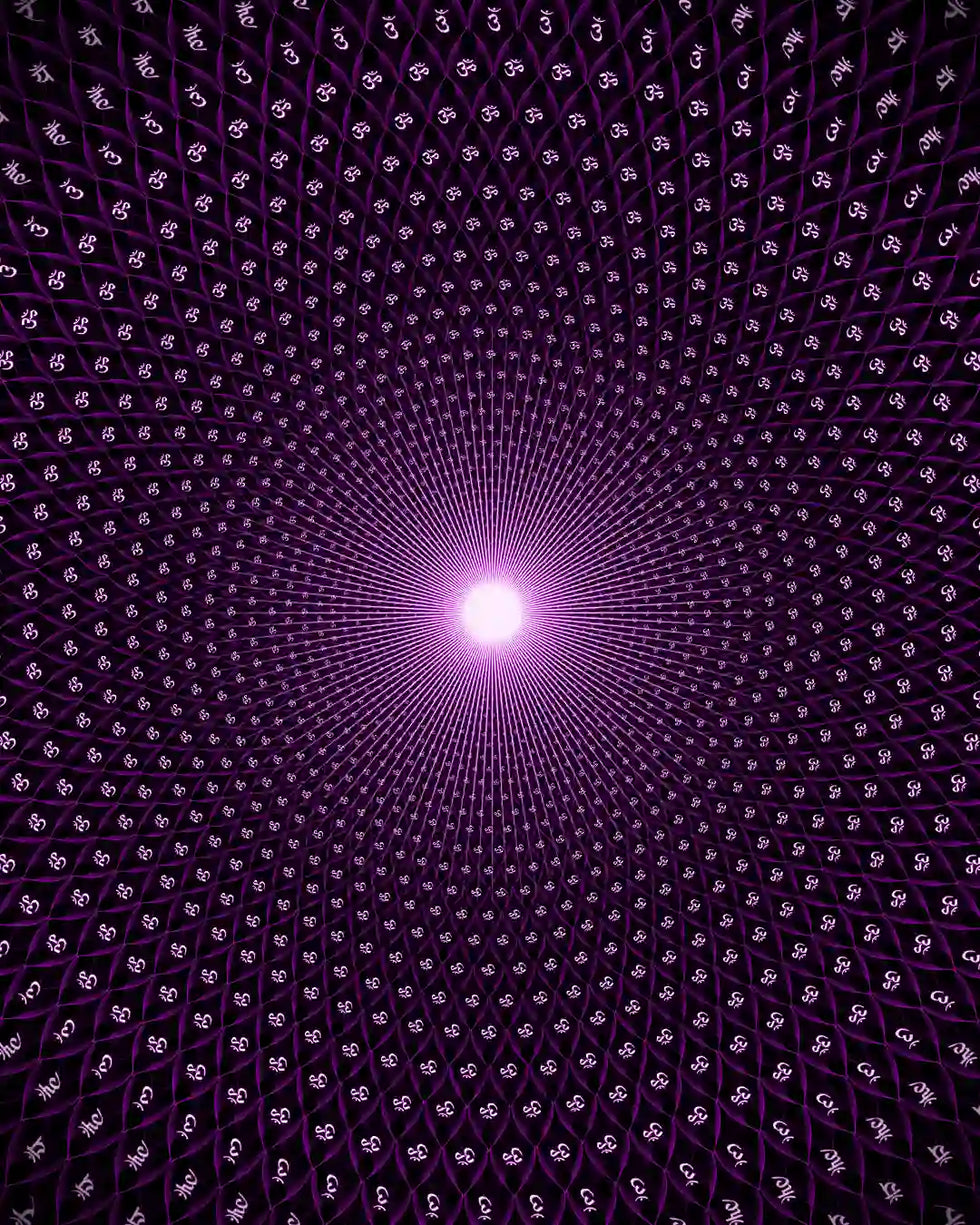

When 2 Becomes 1
The Seat of Enlightenment and Beyond
Earlier, we discussed how the two coiling energies known as Ida and Pingala meet at the third-eye chakra, combining energy to open the channel to the seventh chakra. What if the seventh section of the brain was the entire organ itself, working in unison with all other parts, making the brain fully activated?
In this approach, we can view the spinal column as the Sushumna. The energies of Ida and Pingala could be represented as the two hemispheres of the brain, with the coiling energy known as Kundalini being the beautiful synergy of both parts of the brain communicating with each other.
The chakra belief system in this context doesn't sound too crazy anymore, does it? What if each section of the brain was programmed to respond to certain frequencies, such as sound waves or color waves? Chanting could be a concrete form of healing, not just metaphysical but biological. What if immersing ourselves in color activated certain chakras of the brain? If you could find a way to practice turning on all parts of the brain at once, you could experience nirvana, just like the Buddha did.
Would you believe me if I told you that tool is already here?
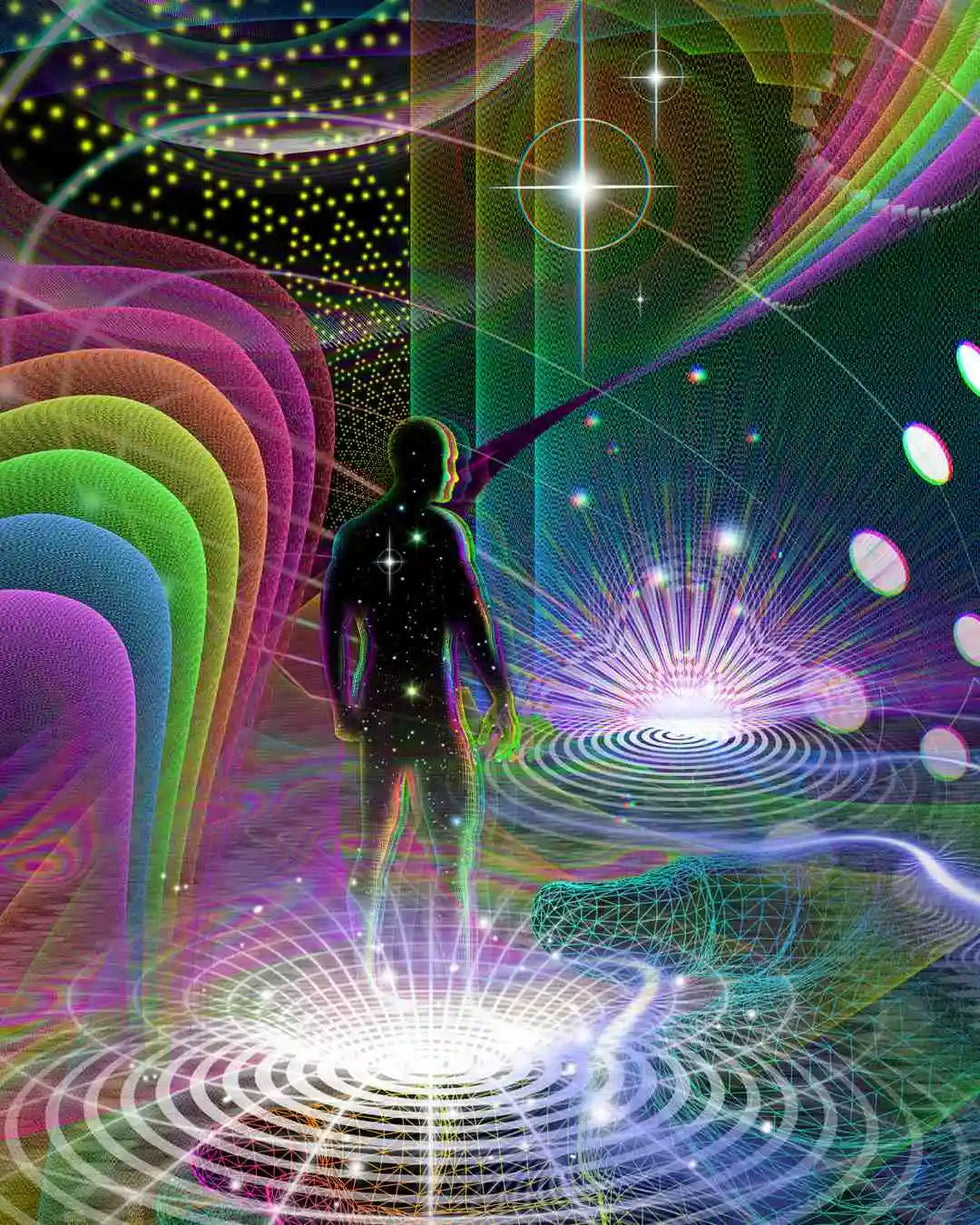

Turn On, Tune In & Drop Out
LSD: The Future of Evolution
Lysergic Acid Diethylamide, or LSD, is the most powerful drug in the world. With just 85 micrograms, a human's perception of life can be shattered, and new forms of thought can emerge. LSD breaks down barriers conditioned by our society to be acceptable or normal, opening users to the possibility of what their life might be like if they practiced breaking down these societal constructs in everyday life.
With its powerful, life-changing experiences, LSD teaches us to be more in harmony with ourselves, each other, and the planet. Perhaps this shift in awareness is what we need to evolve as a species. As we evolve, our brains will evolve with us too. Imagine the things we could accomplish as a civilization if we have already achieved AI without fully using 100% of our brains.
The chakra brain theory entertains the idea that turning on our brains might just be a matter of practicing more awareness or more self-care. Imagine a world where more than 50% of the population was fully activated, whether through the use of psychedelic drugs or by listening to certain frequencies and meditating on certain colors. Imagine that world. It's not far off. Each day, we get closer as a civilization.
Conclusion
In exploring the connections between the ancient chakra system and the modern understanding of the brain, we uncover a profound synergy. By viewing the chakras as sections of the brain, we bridge the gap between mysticism and biology. LSD, meditation, and sensory experiences might be the keys to unlocking our full potential, leading to personal enlightenment and collective evolution. As we continue to explore and understand these connections, we edge closer to a future where human consciousness is fully awakened, paving the way for unprecedented growth and harmony. The journey is ongoing, and the possibilities are limitless.
